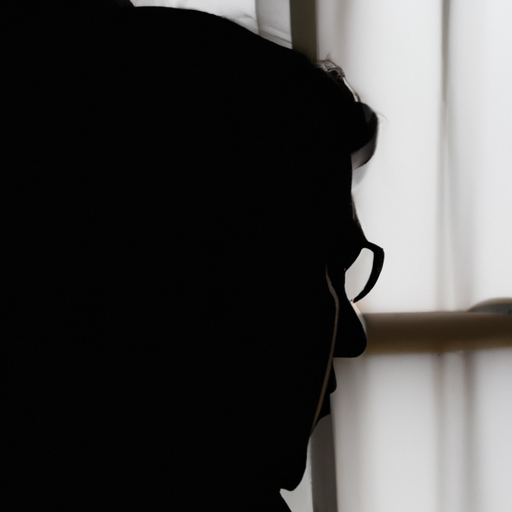
あなたが思い描くスベスベの素肌になるために、全身脱毛は最高の選択かもしれません。全身脱毛は、メンズも含めて多くの人々が選び、その効果から喜びを感じています。さまざまな部位に対応可能で、一部だけでも、VIOやヒゲなど、特定の部位だけでも対応することができます。
しかし、全身脱毛は医療や美容の観点からも大きな判断が求められます。後悔しないための選択方法を詳細に解説します。ときには、かなりの料金が必要となることがありますが、その価値は十分に存在します。サイトや記事を参考に、無料で提供される情報を活用すると良いでしょう。
初めての全身脱毛には、事前のカウンセリングが重要なポイントです。ここで、施術について理解を深め、自分に合ったプランを選ぶことができます。医療クリニックがおすすめです。なぜなら、専門的な知識と技術を持つ医療スタッフが、照射のメソッドや痛みの軽減、適切な施術回数など、細部まで配慮してくれるからです。
料金面では、一括払いだけでなく、月々の分割払いや多種多様なコースを提供しているクリニックも多いので、負担を軽減することができます。また、公式サイトでは施術の詳細や料金、予約の方法など、全身脱毛に関する情報が満載です。比較サイトを利用して、評判や料金を確認し、納得のいくクリニックを選びましょう。
全身脱毛の効果は、永久的なものではないという点を理解しておくことが重要です。しかし、レーザー脱毛などの医療脱毛は、一般的な脱毛サロンよりも高い効果を期待できます。そして、痛みを感じることもありますが、医療クリニックでは適切な麻酔を利用して痛みを軽減する方法もあります。
全身脱毛は時間を要しますが、その間に自身での処理が不要となる利点もあります。特に、忙しい方や脱毛に手間をかけたくない方にとっては、大きな魅力となるでしょう。
さらに、契約する前には、トラブルを避けるためにも契約内容をしっかりと確認しましょう。全身脱毛は一見複雑に思えますが、慎重な選択をすることで後悔することなく、理想的な肌へと導いてくれます。情報をしっかりと収集し、自分に最適な方法を選びましょう。